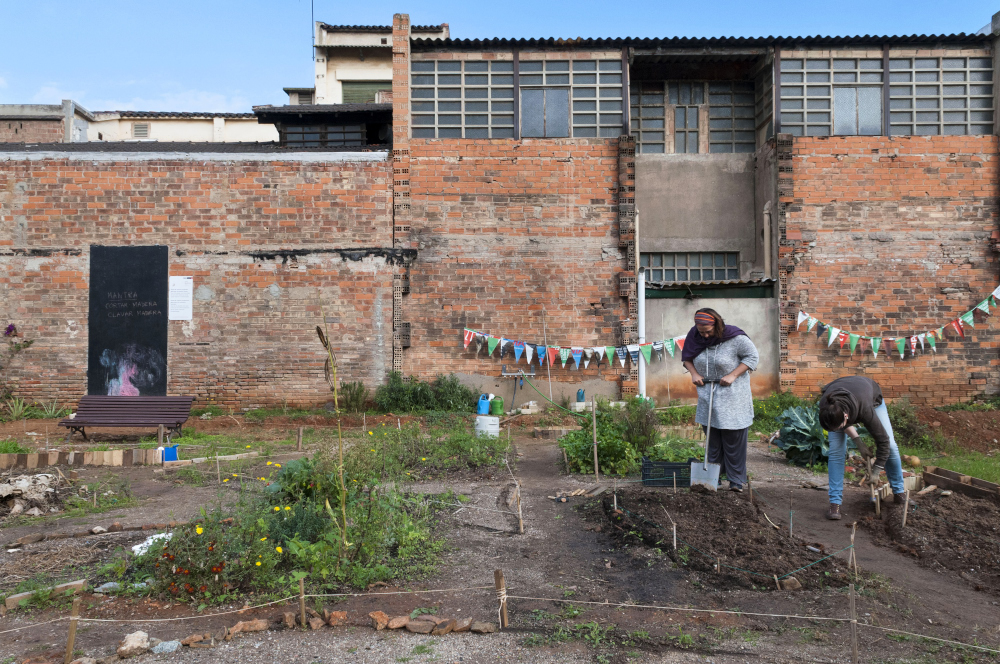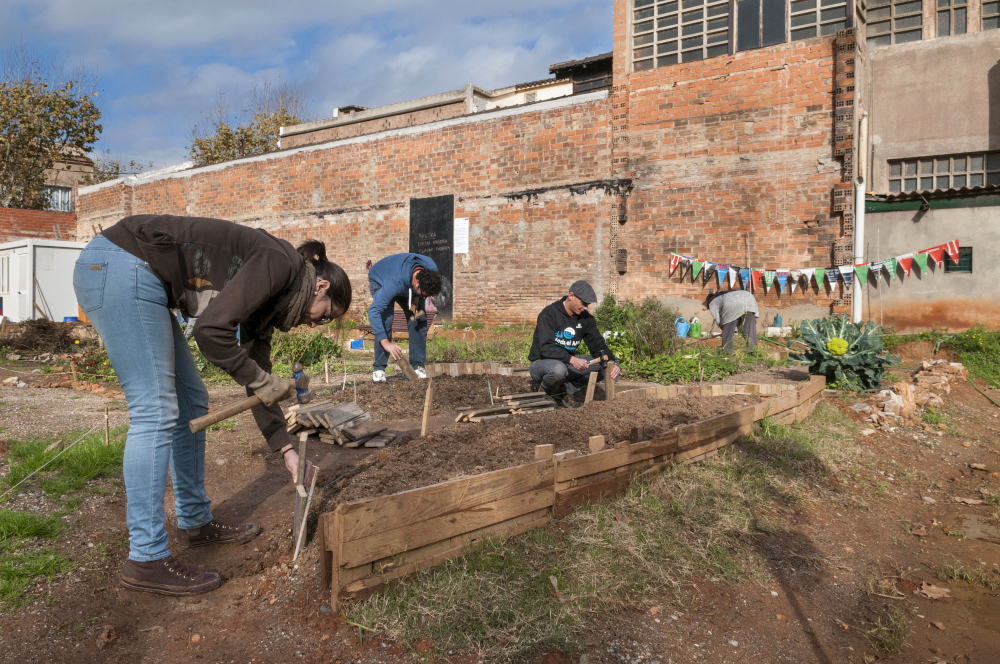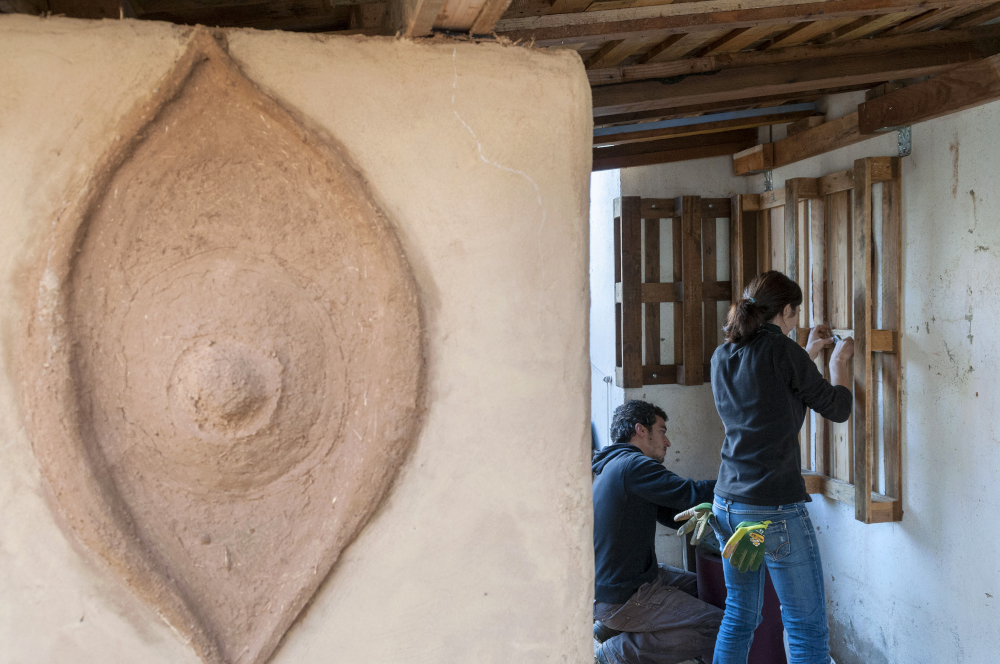WHO
The programme is run by the City’s Ecology, Urban Planning and Mobility department.
A panel of city stakeholders including the general public, community and interest groups and organizations, both public and private decide on which proposals are to be implemented.
Not for profit and civil society organisations make the proposals for temporary use and if successful implement them. The implementation must be funded by the proposing organisation.
WHAT
Pla Buits (Empty Spaces Plan) is a programme from the City of Barcelona aimed at stimulating the temporary use of vacant spaces owned by the municipality. The programme emerged in 2012 as a response to social demands for the utilisation of the numerous vacant plots in the city that were left undeveloped after the financial crisis. The programme activates these spaces with financially self-sufficient, environmental and socially-oriented activities initiated and managed by public or non-profit local entities. The aim of the programme is three-fold:
To promote active citizenry;
To regenerate the social and urban fabric;
To prevent the emergence of “non-desirable” uses by filling-in the space.
This experience has generated great interest amongst local associations and has produced important impacts, such as:
Improved collaboration between local associations and the local government;
New and stronger networks of cooperation and collaboration among local associations;
Increased citizen participation and implication;
Improved social cohesion.
HOW
Pla Buits operates through open calls for proposals open to local registered civil society organisations. Applicants propose a use or activity of ‘public interest and social utility’ to temporarily occupy and manage the site. Their proposals are assessed and selected by an evaluation committee which gives special consideration to the programme's flexibility, its short-term and provisional nature, efficient self-management that keeps the facilities in good condition, and any positive social impact on the city as a whole.
The city identifies empty spaces within the city that it makes available for temporary use.
An open call is made for proposed uses.
A map on the city website shows the location of the selected spaces.
Interested parties view the locations online where images of the building or site are shared and details of the size of the space are given. Each location also lists the objectives that temporary use is required to achieve.
Proposals are judged by a panel of city stakeholders and the ‘winning’ proposals are granted a contract to occupy the site.The activities are initially planned for three-year periods that can be extended but it does not allow for permanent construction. To date, there have been two open calls for proposals from local organizations and a total of fourteen MoUs have been implemented.


